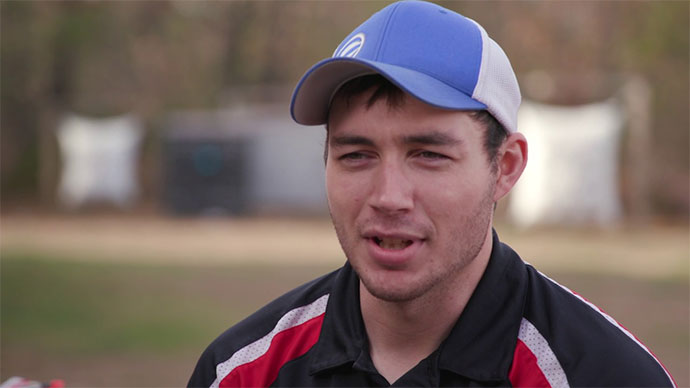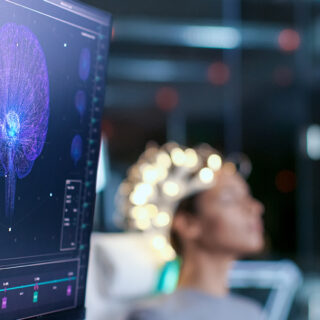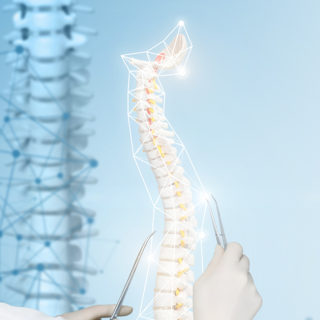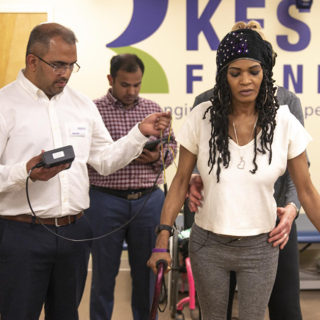Jered Chinnock was left paralysed an unable to feel anything below the middle of his torso following a Spinal Cord Injury, but has now been able to stand and make step-like motions for the first time in three years thanks to Epidural Stimulation. He had injured his spinal cord at the sixth thoracic vertebrae in the middle of his back after an accident. Epidural Stimulation is the application of an electrical current on the spinal cord through an implanted chip over the dura of the lower spinal cord.
A treatment carried out in the US used a combination of stimulation and intense physical therapy and the man was able to move his legs, stand and make step-like motions. The young man had suffered motor complete spinal cord injury – he couldn’t move or feel anything below mid-torso.
Jered’s Treatment Regime
He started his treatment regime with 22 weeks of physical therapy three sessions a week. The exercise protocol was an attempt to get his muscles ready to attempt simple tasks during stimulation. His progress during PT was closely monitored which also led to his doctors declaring his injury as incomplete, that is, some dormant connection across his injury may remain.
After the PT sessions he had an electrode surgically implanted in the epidural space below the injured area. The electrode is usually connected to a computer-controlled device under the skin in the patient’s abdomen that sends electrical current to the spinal cord. The electrical current then triggers the patient into creating movement.
Post-surgery Improvements
He was in post-surgery recovery for three weeks before he resumed PT. With the stimulation settings adjusted to enable movement, he was able to do the following in just two weeks: control his leg muscles leading to movement; make step-like motions while lying on his side and standing with partial support; stand independently using support bars for balance. These developments meant that the patient’s brain cold send signals to the motor neurons to move his legs.
Dr Zhao the treatment’s co-principal investigator had this to say about the initial findings: “This has really set the tone for our post-surgical rehabilitation – trying to use that function the patient recovered to drive even more return of abilities.” This study shows that a patient can eventually, of his or her own volition, control previously paralysed muscles after stimulation sessions.
According to this study patients with most Spinal Cord Injuries could be candidates for Epidural Stimulation. However, further research is needed to find a way discomplete spinal injuries can recover complete motor function.
Jered Chinnock from Wisconsin gleefully remembers the first day the electrical stimulator was activated: “It was almost mind-blowing. Right away I was able to move my toes, something I haven’t seen in a while.”
Neurosurgeon, Dr Kendall Lee who was also the principal investigator was enthused by the results of Jered’s treatment; they went beyond his expectations. In his own words, “these are initial findings, but the patient is continuing to make progress.”
If you would like to know more about Epidural Stimulation and the fantastic improvements that our own patients have made following this treatment, feel free to contact us and a Patient Representative will get back to you at your earliest convenience.
H/T: Science Daily














